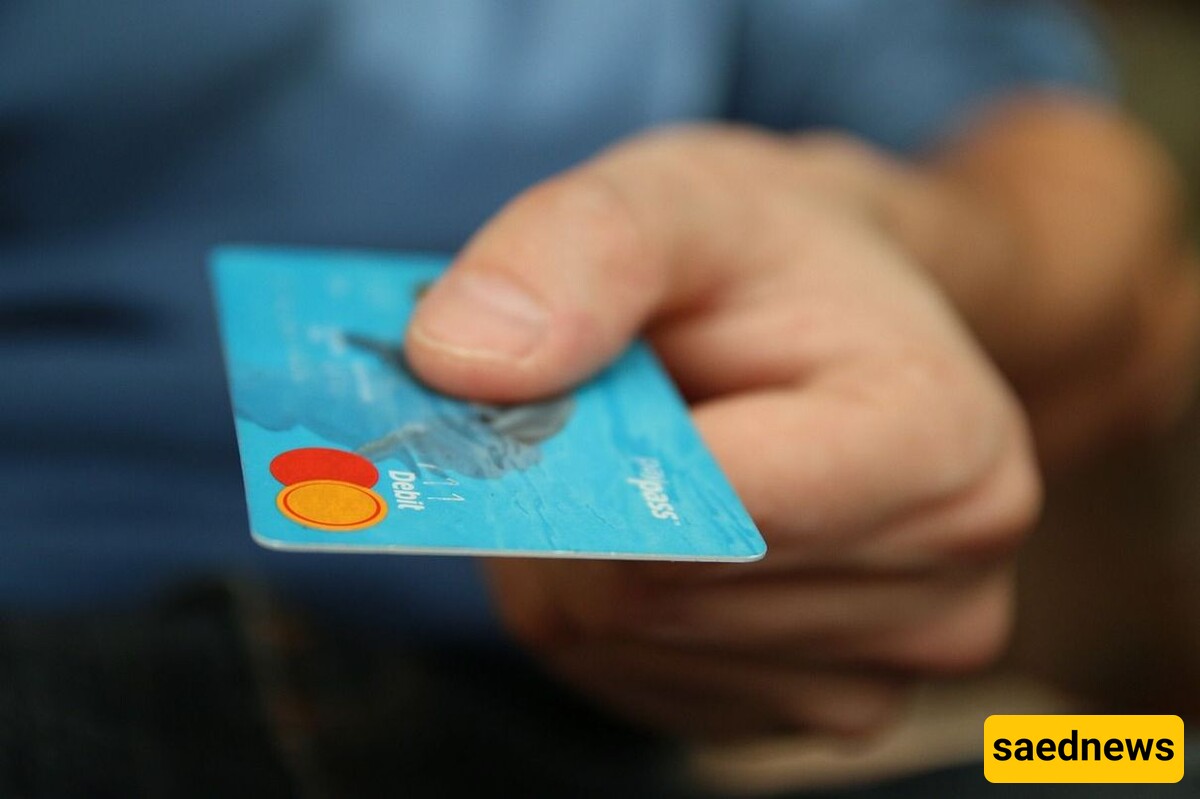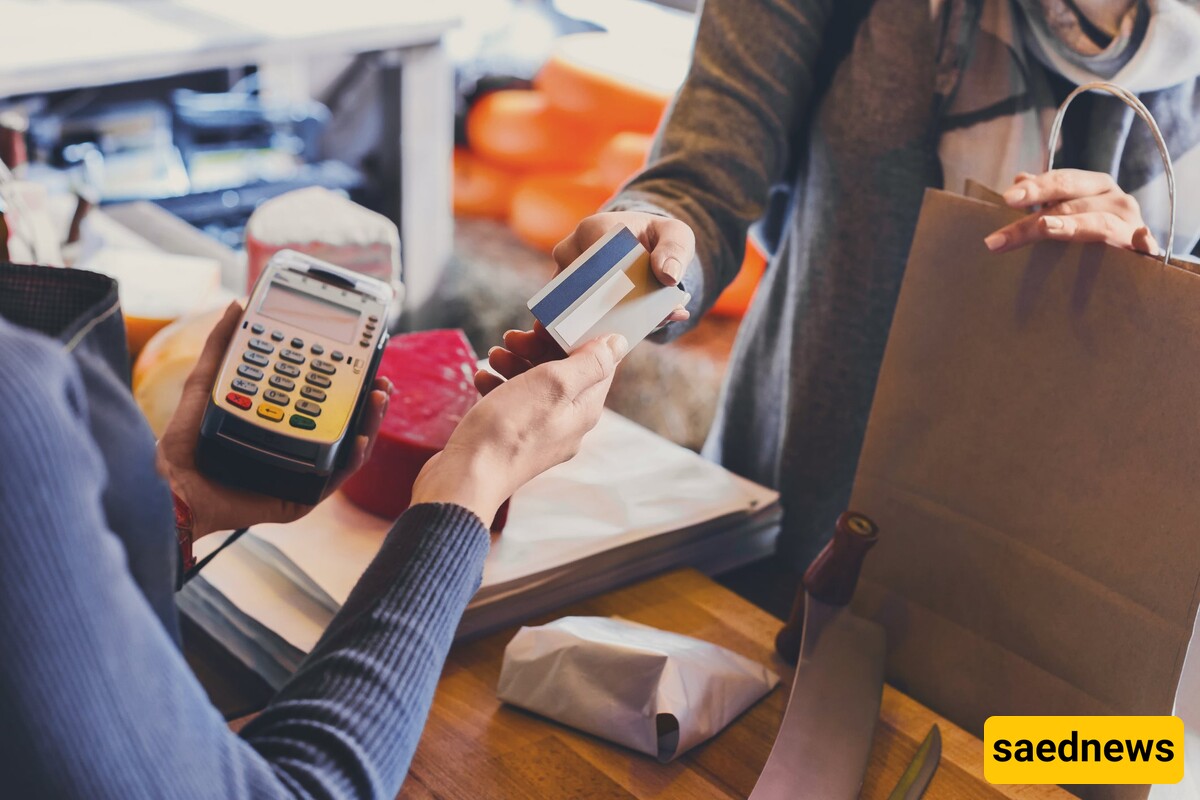SAEDNEWS: Impulse buying is often driven by emotional triggers and clever marketing strategies. Gaining insight into the psychology behind these behaviors can help individuals make better purchasing decisions and avoid unnecessary spending.

According to SAEDNEWS, grabbing a last-minute item at checkout or taking advantage of a flash sale may seem harmless, but these spontaneous decisions, known as impulse buying, often happen without much thought. This behavior is influenced by emotions, marketing tactics, and the desire for instant gratification. While these unplanned purchases might bring short-term joy, they can also lead to regret or financial strain.

Impulse buying refers to making unplanned purchases driven by emotions or external factors rather than careful consideration. Unlike intentional purchases, these decisions are spontaneous and influenced by immediate surroundings or feelings.
1. Emotional Influence
Emotions like stress, boredom, or even happiness can lead to impulse buying. Shopping is often used as a coping mechanism, providing a brief sense of relief or joy through a dopamine release in the brain.
2. Instant Gratification
The desire for immediate rewards fuels many impulse purchases. Instead of waiting to plan or budget, shoppers are tempted by the instant satisfaction of owning something new.
3. Fear of Missing Out (FOMO)
Limited-time offers and flash sales tap into FOMO, pressuring consumers to act quickly. This urgency often overrides rational decision-making, leading to impulsive choices.
1. Store Layouts
Retailers arrange stores to encourage unplanned purchases. Eye-level displays, checkout counter items, and special end-cap promotions are all designed to catch attention.
2. Digital Shopping Tactics
Online platforms use personalized ads, product recommendations, and quick checkout options to entice consumers. Countdown timers and flashing discounts create a sense of urgency.
3. Emotional Advertising
Brands often appeal to emotions in their advertisements, connecting products with feelings of nostalgia, success, or happiness, which can nudge people toward unplanned purchases.
1. Financial Strain
Frequent impulse buying can strain finances, especially when small purchases accumulate or lead to credit card debt. This behavior can divert funds from essential expenses or savings.
2. Emotional Regret
Many impulsive buyers experience guilt or dissatisfaction after realizing the purchase wasn’t necessary. This pattern can lead to frustration with spending habits.
3. Environmental Impact
Overconsumption fueled by impulse buying contributes to waste, particularly with fast fashion or disposable items. This has significant implications for sustainability.

1. Take a Pause
Waiting 24 hours before making a purchase allows time to assess whether the item is genuinely needed or simply a passing desire.
2. Stick to a Budget
Setting clear spending limits for non-essential items can help reduce impulsive decisions. Keeping track of expenses also fosters accountability.
3. Avoid Temptations
Reducing exposure to triggers, such as promotional emails or frequent visits to shopping apps, can help minimize impulsive urges. Unsubscribing from sales alerts is a simple but effective strategy.
4. Focus on Needs Over Wants
Clarifying the difference between needs and wants helps prioritize spending. Asking questions like “Do I really need this?” or “Will this add value to my life?” can lead to more intentional choices.
Recognizing the emotions and circumstances that lead to impulse buying is crucial. Understanding your triggers and shopping habits can help you address underlying issues and develop healthier ways to manage emotions.
Impulse buying, while common, can have financial and emotional consequences if left unchecked. By understanding its psychological roots and adopting mindful habits, individuals can make more intentional decisions and avoid unnecessary spending. With greater self-awareness and discipline, shopping can shift from impulsive to purposeful, fostering better financial health and satisfaction.

